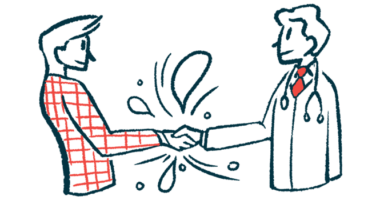FAQs about sporadic ALS
The main difference between sporadic and familial cases of amyotrophic lateral sclerosis (ALS) is whether or not there is a family history of the disease. When ALS affects more than one person in the same biological family, it’s referred to as familial ALS. The term sporadic ALS, on the other hand, is used to refer to any case of ALS in which there is no known family history of the disease. Sporadic ALS accounts for the vast majority — about 90% — of ALS cases.
Amyotrophic lateral sclerosis (ALS) is marked by the progressive damage and death of motor neurons, the specialized nerve cells responsible for controlling movement. In sporadic ALS, it’s not known exactly what causes the disease to develop, but a number of factors including genetics, environmental exposures, and lifestyle habits are all thought to affect a person’s risk.
Sporadic amyotrophic lateral sclerosis (ALS) can manifest at any age, but symptoms most commonly arise in middle or late adulthood. The average age at onset for sporadic ALS is 58-63. However, there have been reports of sporadic ALS cases manifesting during childhood and younger adulthood, with some cases being caused by de novo or specific new mutations in ALS-associated genes.
By definition, sporadic amyotrophic lateral sclerosis (ALS) affects only one person in a biological family. As such, sporadic ALS cannot be inherited, although patients may be born with certain genetic characteristics that contribute to their disease risk. When ALS affects multiple people in the same family, it is referred to as familial ALS.
There is no cure for any form of amyotrophic lateral sclerosis (ALS). However, there are available treatments that may slow ALS disease progression and extend survival. Therapies to help manage disease symptoms like spasticity and excessive drooling also are available.
Related Articles

 Fact-checked by
Fact-checked by 







